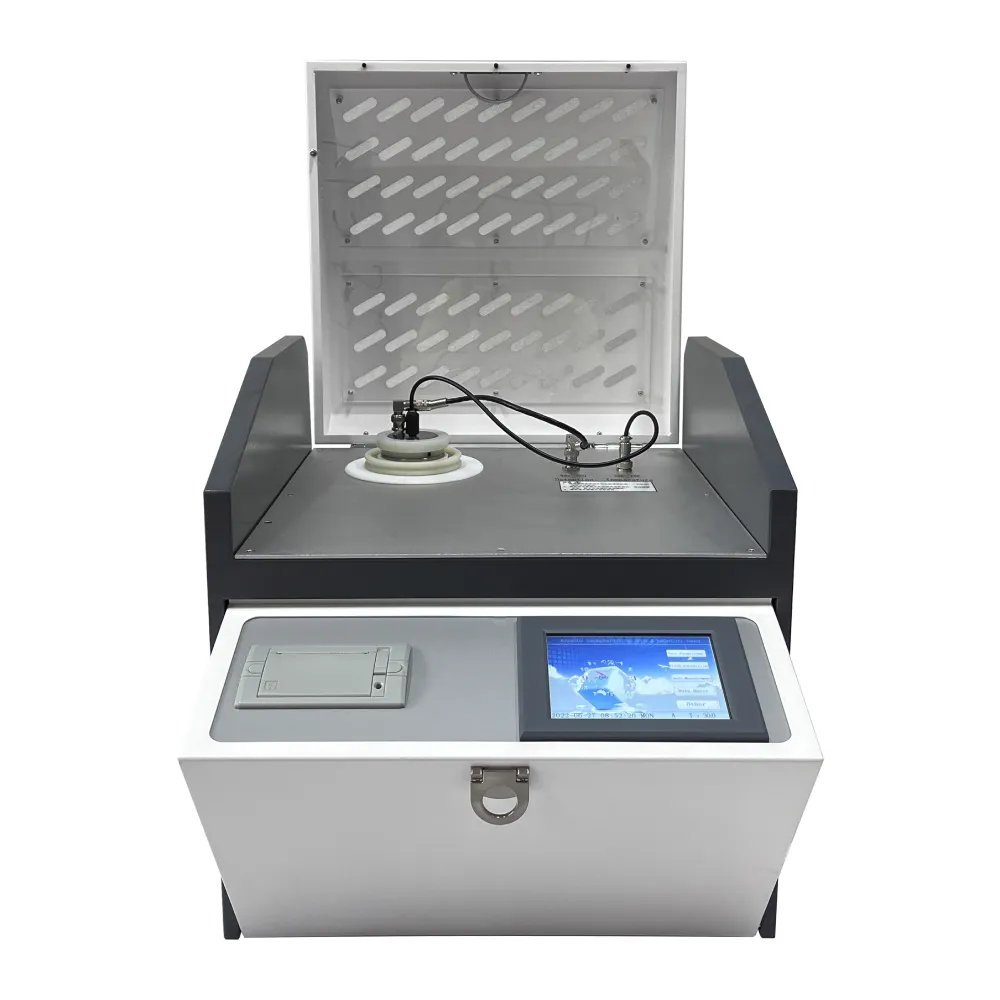 English
English



-
 Afrikaans
Afrikaans -
 Albanian
Albanian -
 Amharic
Amharic -
 Arabic
Arabic -
 Armenian
Armenian -
 Azerbaijani
Azerbaijani -
 Basque
Basque -
 Belarusian
Belarusian -
 Bengali
Bengali -
 Bosnian
Bosnian -
 Bulgarian
Bulgarian -
 Catalan
Catalan -
 Cebuano
Cebuano -
 China
China -
 China (Taiwan)
China (Taiwan) -
 Corsican
Corsican -
 Croatian
Croatian -
 Czech
Czech -
 Danish
Danish -
 Dutch
Dutch -
 English
English -
 Esperanto
Esperanto -
 Estonian
Estonian -
 Finnish
Finnish -
 French
French -
 Frisian
Frisian -
 Galician
Galician -
 Georgian
Georgian -
 German
German -
 Greek
Greek -
 Gujarati
Gujarati -
 Haitian Creole
Haitian Creole -
 hausa
hausa -
 hawaiian
hawaiian -
 Hebrew
Hebrew -
 Hindi
Hindi -
 Miao
Miao -
 Hungarian
Hungarian -
 Icelandic
Icelandic -
 igbo
igbo -
 Indonesian
Indonesian -
 irish
irish -
 Italian
Italian -
 Japanese
Japanese -
 Javanese
Javanese -
 Kannada
Kannada -
 kazakh
kazakh -
 Khmer
Khmer -
 Rwandese
Rwandese -
 Korean
Korean -
 Kurdish
Kurdish -
 Kyrgyz
Kyrgyz -
 Lao
Lao -
 Latin
Latin -
 Latvian
Latvian -
 Lithuanian
Lithuanian -
 Luxembourgish
Luxembourgish -
 Macedonian
Macedonian -
 Malgashi
Malgashi -
 Malay
Malay -
 Malayalam
Malayalam -
 Maltese
Maltese -
 Maori
Maori -
 Marathi
Marathi -
 Mongolian
Mongolian -
 Myanmar
Myanmar -
 Nepali
Nepali -
 Norwegian
Norwegian -
 Norwegian
Norwegian -
 Occitan
Occitan -
 Pashto
Pashto -
 Persian
Persian -
 Polish
Polish -
 Portuguese
Portuguese -
 Punjabi
Punjabi -
 Romanian
Romanian -
 Russian
Russian -
 Samoan
Samoan -
 Scottish Gaelic
Scottish Gaelic -
 Serbian
Serbian -
 Sesotho
Sesotho -
 Shona
Shona -
 Sindhi
Sindhi -
 Sinhala
Sinhala -
 Slovak
Slovak -
 Slovenian
Slovenian -
 Somali
Somali -
 Spanish
Spanish -
 Sundanese
Sundanese -
 Swahili
Swahili -
 Swedish
Swedish -
 Tagalog
Tagalog -
 Tajik
Tajik -
 Tamil
Tamil -
 Tatar
Tatar -
 Telugu
Telugu -
 Thai
Thai -
 Turkish
Turkish -
 Turkmen
Turkmen -
 Ukrainian
Ukrainian -
 Urdu
Urdu -
 Uighur
Uighur -
 Uzbek
Uzbek -
 Vietnamese
Vietnamese -
 Welsh
Welsh -
 Bantu
Bantu -
 Yiddish
Yiddish -
 Yoruba
Yoruba -
 Zulu
Zulu
tan delta of transformer
Understanding the Significance of Tan Delta in Transformers
Transformers are critical components in the electrical power industry, playing a vital role in the transmission and distribution of electrical energy. Among the various diagnostic methods used to assess transformer insulation integrity, the tan delta (or loss tangent) measurement stands out as a crucial indicator of insulation performance. This article dive into the meaning, importance, and interpretation of the tan delta of transformers.
What is Tan Delta?
Tan delta is a measure of the dielectric losses in insulation materials, represented mathematically as the ratio of the resistive (real) power component to the reactive (imaginary) power component in an alternating current (AC) circuit. In simpler terms, it quantifies how much energy is lost due to heating in the insulation material of transformers when subjected to an AC electric field. A low tan delta value typically indicates good insulation health, while a high value suggests potential issues.
Why is Tan Delta Measurement Important?
The insulation system in a transformer is vital for its safe and efficient operation. Over time, insulation can degrade due to thermal, electrical, and environmental stresses, leading to increased losses and a higher risk of failure. Measuring tan delta provides insights into the condition of the insulation, allowing for early detection of problems that could lead to transformer failures and costly outages.
1. Predictive Maintenance By regularly monitoring tan delta values, utility companies can adopt predictive maintenance strategies. This proactive approach helps in planning maintenance activities before potential failures occur, thereby minimizing downtime and repair costs.
2. Risk Management High tan delta readings can indicate moisture ingress, contamination, or other forms of insulation deterioration. Timely interventions can be planned to mitigate risks associated with sudden transformer failures, ensuring a more reliable power supply.
tan delta of transformer

3. Performance Optimization Understanding the insulation condition through tan delta measurements allows engineers to optimize transformer performance. This is crucial in maintaining efficiency and extending the lifespan of the equipment.
How is Tan Delta Measured?
The process involves applying a voltage to a transformer under test and measuring current flow. The tan delta is derived from the ratio of the capacitive and resistive currents in the insulation system. This testing is typically conducted at various temperatures and frequencies to assess the insulation’s behavior under different operational conditions.
Interpreting Tan Delta Values
Electrical engineers and technicians use established benchmarks to interpret tan delta readings. Generally, a tan delta value below 0.5% is considered acceptable, while values between 0.5% and 1.0% may warrant closer inspection. Readings exceeding 1.0% often trigger immediate remedial action, such as further diagnostic testing or transformer repair.
Conclusion
The tan delta test serves as an essential tool in the maintenance and management of transformers. By providing valuable insights into insulation conditions, it helps utility companies prevent failures, optimize performance, and ensure continuous and reliable power delivery. As the industry moves towards more smart grid solutions, the role of tan delta measurements will likely expand, integrating further into predictive maintenance strategies and condition-based monitoring systems. As such, understanding and utilizing tan delta effectively is critical for the future of transformer management and reliability in the power sector.
-
Ensuring SF₆ Gas Safety: Introducing PUSH’s Integrated SF₆ Analyzer for Dew Point, Purity, and Decomposition MonitoringNewsJul.10,2025
-
Exploring the Main Types of Industrial Endoscopes and Their Applications Across IndustriesNewsJul.04,2025
-
Testing Equipment Industry Sees Major Advancements in 2025: Smart & Precision Technologies Lead the WayNewsJun.06,2025
-
Applications of Direct Current Generators in Renewable Energy SystemsNewsJun.05,2025
-
Hipot Tester Calibration and Accuracy GuidelinesNewsJun.05,2025
-
Digital Circuit Breaker Analyzer Features and BenefitsNewsJun.05,2025



